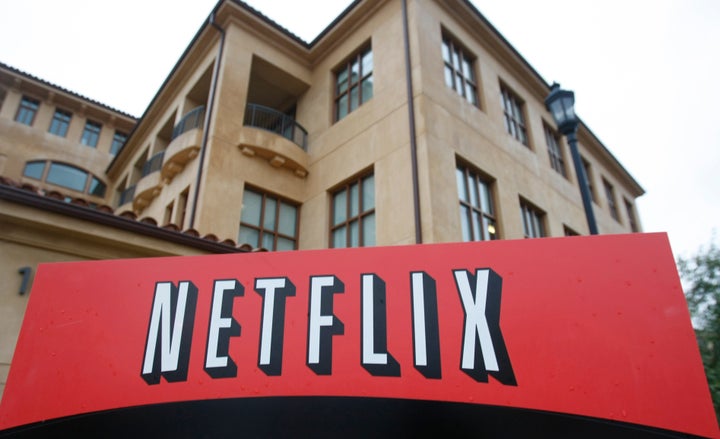Like all-you-can-eat shrimp or the right to consume candy and ice cream all day because your parents can’t stop you anymore, unlimited vacation time isn't quite as fabulous as you might think.
LinkedIn is the latest employer to offer what's known as "discretionary time off," or "DTO" in corporate HR-speak. Starting on Nov. 1, the job networking site’s approximately 6,000 U.S. employees will be able to take as much time off as they want every year.
Sort of.
“The purpose is to empower managers and employees,” Pat Wadors, LinkedIn’s chief human resource officer, told The Huffington Post. Employees are adults who don’t need to be micromanaged or wait to accrue vacation days after a designated period, she said.

But there are limits to the new policy. Workers can’t create an alternative work schedule, such as three-day weeks. They can’t take six months off. “That’s a leave of absence, not a vacation,” Wadors said. Employees need to work out their days off with their managers.
It’s not really unlimited vacation, in other words. It's a tricky bit of push and pull, in which employees must figure out how much time to take off without overloading their own work schedules or those of their colleagues -- and still convince their bosses that they're devoted employees. Wadors said that LinkedIn managers know to offer feedback to employees so they don't feel insecure about what to do.

The company joins a number of white-collar employers who give their workers the power to decide how much vacation to take, including General Electric Co., Netflix and Virgin Group.
The knock against unlimited vacation policies is that they may actually wind up pushing employees to take less vacation. Kickstarter last month dropped its unlimited vacation policy for this very reason. Now the crowdfunding company offers a generous 25 days of vacation a year.
When the Chicago Tribune tried to institute an unlimited vacation policy last year, it dropped it after just one day, because employees complained.
Matt Yglesias even suggested in an article for Slate a few years ago that unlimited vacation is a sinister plot cooked up by the overlords to passive-aggressively force people to work more. Employees will feel too insecure to actually take a vacation, he said. That seems a bit overwrought -- these policies do seem fairly well-intentioned.
The companies who put unlimited vacation policies in place say that they trust their workers. But in order for it to really work, employees must also trust their bosses.
A few years ago, Netflix told The Wall Street Journal that its employees end up taking three to five weeks off a year. That’s pretty good. LinkedIn’s old policy allowed for three weeks off a year.

Along with its new unlimited vacation policy, LinkedIn also announced that U.S. employees would get the entire week of July Fourth off, bringing the number of paid vacation days the company offers up to 17 days -- or just over three weeks. The company also shuts down from Christmas through New Year’s.
Wadors calls these timeouts “anchor points,” or enforced breaks. “I want people to take vacation,” she said, noting that the company is making sure to get that message out to employees.
Generally speaking, Americans don’t take enough vacation. So, it doesn't hurt when bosses remind workers to take time off -- and take time off themselves. Even when companies specify a set amount of time off, workers leave a lot of unused vacation days on the table. U.S. workers don’t take about 40 percent of their available vacation time, according to one 2014 survey.
Some employers are getting more creative about forcing workers out of the office: One startup actually gives workers $7,500 to take vacation. Other bosses send out email reminders to people to tell them to take time off. Evernote gives a $1,000 bonus to workers who take at least one full week off in a year, according to an article from the Society for Human Resource Management.
Still, unlimited vacation is a pretty rare policy. Only about 1 percent of employers offer it, Society for Human Resource Management data shows. About 20 percent of workers in the private sector don’t have any paid vacation at all.
This story has been updated to include the number of LinkedIn employees in the United States.
Also on HuffPost:
